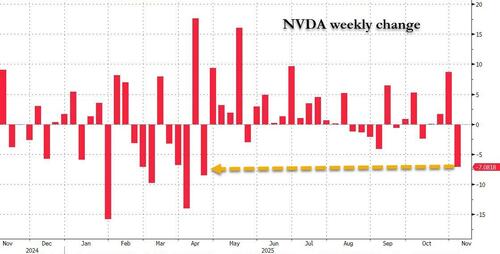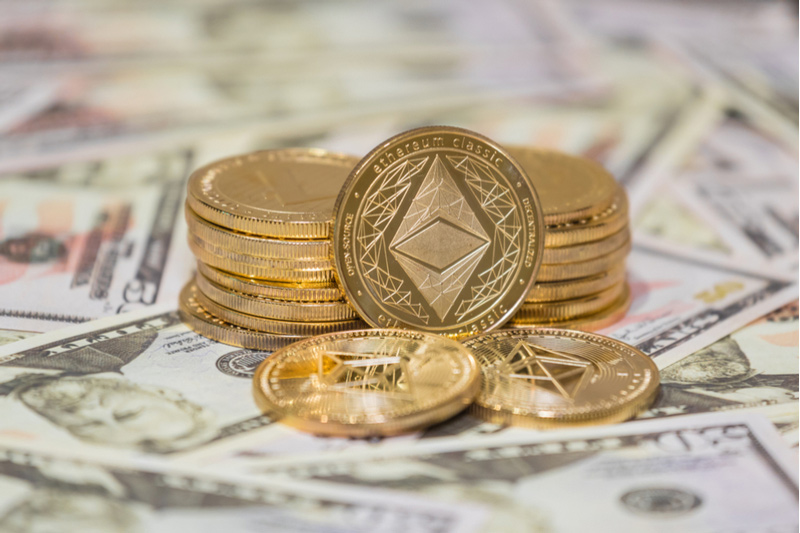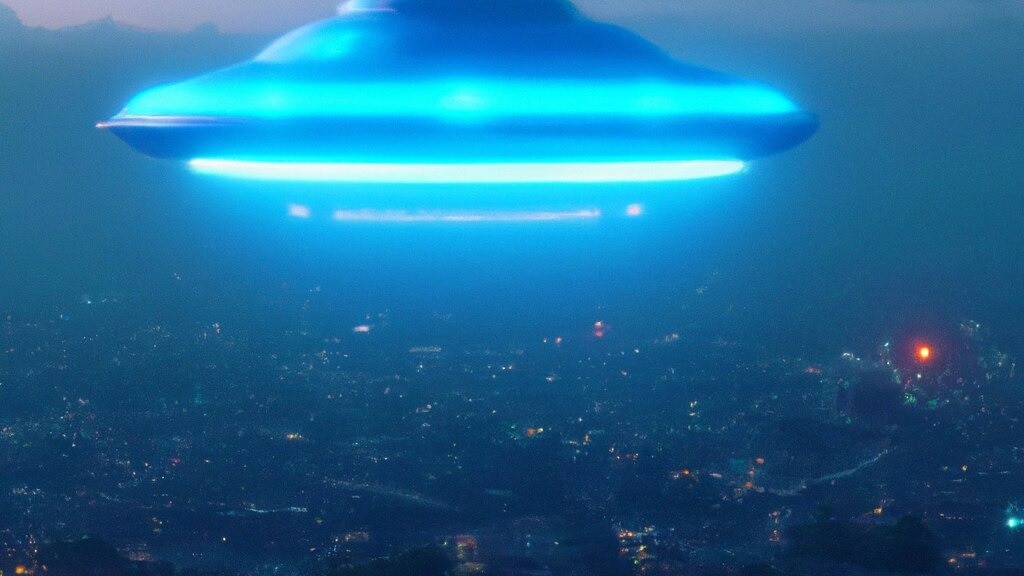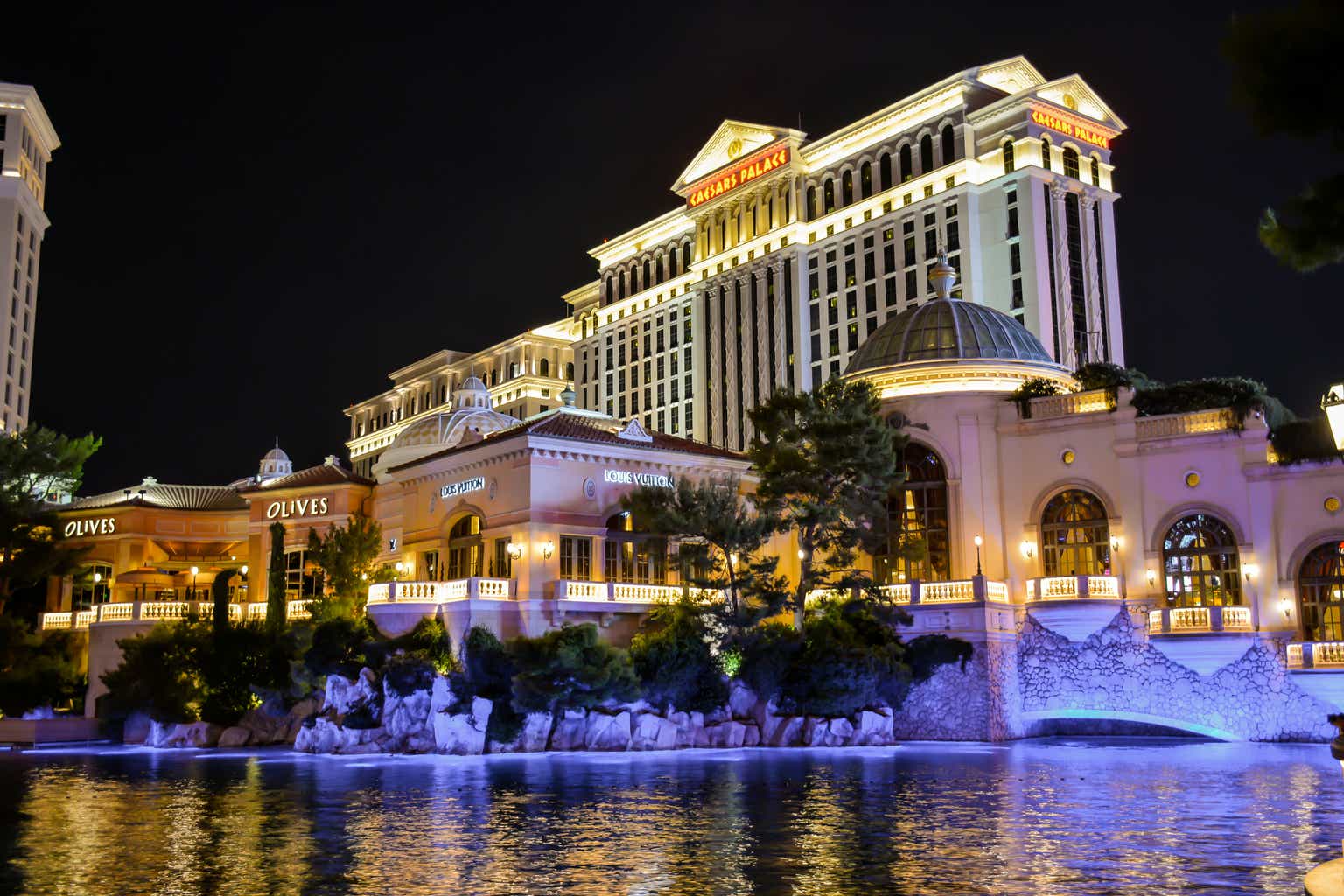July 22, 1947. Independence was about three weeks away.

The Constituent Assembly was in session, with Rajendra Prasad chairing it. The first item on the agenda of the day was the formal adoption of the new nation’s new flag. Rajen Babu called upon his fellow-fighter for freedom, the prime minister-to-be, Jawaharlal Nehru to move a resolution on it.
Youthful at 58, with a gleam in his eyes, Nehru said, “Memories crowd upon me. I remember the ups and downs of the great struggle for the freedom of this great nation. I remember and many in this House will remember how we looked up to this flag not only with pride and enthusiasm but with a tingling in our veins; also how, when we were sometimes down and out, then again, the sight of this flag gave us the courage to go on. Then, many who are not present here today, many of our comrades who have passed, held on to this flag, some amongst them even unto death and handed it over as they sank to others to hold it aloft. There is the struggle of the people for freedom with all its ups and downs and trials and disasters and there is, finally today as I move this resolution, a certain triumph about it; a measure of triumph in the conclusion of that struggle.”
He then described the features of the flag in detail and dwelt on the significance of the Ashoka Chakra at its centre. “I am exceedingly happy that in this sense indirectly we have associated with this flag of ours not only this emblem but in a sense the name of Asoka, one of the most magnificent names not only in India’s history but in the world history.”
The House was palpably excited. Rajen Babu received requests from 25 members to speak on the adoption of the new flag. Time was short. Among those called were the philosopher, Sarvepalli Radhakrishnan, and nine members who could be said to represent the majority Hindu community from different parts of India — HV Kamath, Seth Govind Das, PS Deshmukh, RK Sidhwa, Bal Krishna Sharma, Jainarayan Vyas, S Nagappa, and Lakshminarayan Sahu; three members from the Muslim community — Saiyid Muhammad Saadulla, Chaudhuri Khaliquzzaman, Mohammed Sheriff; three Christian members — HC Mookerjee, Joseph Alban D’Souza and Rev Jerome D’Souza; the Anglo Indian member Frank Anthony; two distinguished members representing the depressed classes, H J Khandekar and V. I Munuswamy Pillai; the Sikh, Giani Gurmukh Singh Musafir; the Adivasi leader Jaipal Singh; a representative of princely India, Mohan Singh Mehta of Udaipur; and finally, as the last speaker, the Bulbul-e-Hind, Sarojini Naidu.
All of them spoke with eloquence and passion about the symbolic voltage of the new flag, and of the importance of upholding its honour. What was notable was that the Ashoka was invoked time and time again. “Now because I have mentioned the name of Asoka I should like you to think that the Asokan period in Indian history was essentially an international period of Indian history. It was not a narrowly national period. It was a period when India’s ambassadors went abroad to far countries and went abroad not in the way of an empire and imperialism but as ambassadors of peace and culture and goodwill,” Nehru said.
“Panditji told you what a great place Asoka has in our history. After the battle of Kalinga, Asoka tried to unite the whole world with love and he achieved such success that the historians not only of this country but also of the whole world admit that there has been no emperor like Asoka,” Das said.
“The chakra of Asoka represents the Indian states, because since the time of Asoka the great, not has the whole country has not been under Indian rule, ruled by Indians for Indians,” said Mehta.
“The dharma chakra of Asoka reminds us of the condition of the people at the time of that great Buddhist emperor. He ruled not for his personal aggrandisement but for the contentment, peace and prosperity of the people under his charge,” said Muhammad Saadulla.
“This emblem now embodied in our national flag ought to remind every administrator and every citizen of the federation of India that we should forget the past and look to the future,” he added.
“Asoka from Magadha went over to Kalinga and fought a great battle. After very heavy carnage, he was turned into a gentle being – the gentle Asoka; and it is there that the Kalingas in a way conquered Asoka. When I see this flag here, associated with the name of Asoka and also with Buddha, I am reminded that our country Kalinga after a great battle taught a good lesson to Asoka, a non-violent one,” said Sahu.
In her lyrical speech, Naidu said: “That wheel, what does it represent? It represents the dharma chakra of Asoka the magnificent who sent his message of peace and brotherhood all over the world. Did he not anticipate the modern ideal of fellowship and brotherhood and cooperation? Does not that wheel stand as a symbol for every national interest and national activity? Does it not represent the charkha of my illustrious and beloved leader, Mahatma Gandhi, and the wheel of time that marches and marches and marches without hesitation and without halt?”
As she concluded, she added, “Rise and salute this flag I bid you, rise and salute the flag.” And the entire House did just that. It adopted the flag, standing on its feet and applauding.
Today, on the anniversary of the adoption of the flag, as we celebrate our flag, we must also turn our thoughts to Ashoka and see how vital his message to us is.
Samavaya eva sadhu — concord alone is meritorious — said he in his famous Edict XII. Ashoka, who was invoked so repeatedly and so fervently by members of the Constituent Assembly drawn from different faiths and backgrounds, seems a distant name today. And the aspirations of the Constituent Assembly are also turning to sepia.
Concord is under strain in our life in India. Manipur is the most searing example. I can imagine the flag, downcast, wanting to lower itself to half-mast in Manipur in agony and shame and grief. But then, listening to what our Chief Justice DY Chandrachud has said about constitutional democracy and wanting to see remedial action taken swiftly, I can see the flag fluttering in new self-confidence that says Ashoka’s wheel of law on the central band of white is not dead! It will turn and bring justice and healing.
The flag is telling India today: You unfurl me in vain if you do not furl hate, greed and the lust for power. Unfurl me to unfurl the truth of things, fearlessly.
Gopalkrishna Gandhi, a former administrator, is a student of modern Indian history. The views expressed are personal















